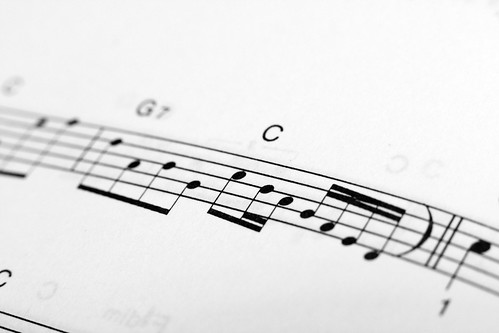 A postmodern reading of text takes place when one considers how the text challenges traditional beliefs and values of modern society. In Look Both Ways Andy's character can be seen to do just this. Andy is constantly in conflict with his ex-wife Cathy because she will not trust him with Maddie and Oliver. He is characterised as childish and unreliable, the 'typical' male who cannot cope with the classically considered female domains of responsiblity; housekeeping and child rearing. A sympathetic reading of Andy's character leads one to wonder if much of his anger and inner turmoil is tied up in the fact that Cathy refuses to have any faith in him, constantly berating him for the way he interacts with Maddie and Oliver and relinquishing as little control of them to Andy as she can. Anna perceives Andy's situation in a way that does not throw all the blame at him, but expects him to acknowledge his negative outlook and become accountable for its impact on his life. She challenges him, 'You think everyone's got an agenda,' to which Andy asserts, 'And they don't?' Anna then imparts, 'No, things just happen.' A pivotal point in Anna and Andy's relationship is when she offers him the opportunity to become the main carer for their imminent child. Anna directs Andy to see the possibilities of a different life circumstance for himself, one where he can feel included. The film's closing photomontage reveals Andy has accepted Anna's proposal and shows him smiling as holds his baby. In contrast to Cathy's opinion, Andy turns out to be someone who can be trusted to look after another. In this closing scene Watt uses Andy and Anna's story to subvert the modern notion that the female is always interested and the best gender for children to be raised by. The postmodern dynamics of their family situation, with the father as primary carer, works just as well.
A postmodern reading of text takes place when one considers how the text challenges traditional beliefs and values of modern society. In Look Both Ways Andy's character can be seen to do just this. Andy is constantly in conflict with his ex-wife Cathy because she will not trust him with Maddie and Oliver. He is characterised as childish and unreliable, the 'typical' male who cannot cope with the classically considered female domains of responsiblity; housekeeping and child rearing. A sympathetic reading of Andy's character leads one to wonder if much of his anger and inner turmoil is tied up in the fact that Cathy refuses to have any faith in him, constantly berating him for the way he interacts with Maddie and Oliver and relinquishing as little control of them to Andy as she can. Anna perceives Andy's situation in a way that does not throw all the blame at him, but expects him to acknowledge his negative outlook and become accountable for its impact on his life. She challenges him, 'You think everyone's got an agenda,' to which Andy asserts, 'And they don't?' Anna then imparts, 'No, things just happen.' A pivotal point in Anna and Andy's relationship is when she offers him the opportunity to become the main carer for their imminent child. Anna directs Andy to see the possibilities of a different life circumstance for himself, one where he can feel included. The film's closing photomontage reveals Andy has accepted Anna's proposal and shows him smiling as holds his baby. In contrast to Cathy's opinion, Andy turns out to be someone who can be trusted to look after another. In this closing scene Watt uses Andy and Anna's story to subvert the modern notion that the female is always interested and the best gender for children to be raised by. The postmodern dynamics of their family situation, with the father as primary carer, works just as well.See paragraph two of this sample essay for further insight on the dominant and resistant readings that can be applied to Andy's character:
http://bhs-lookbothways.blogspot.com/2009/07/happiness-and-despair.html

